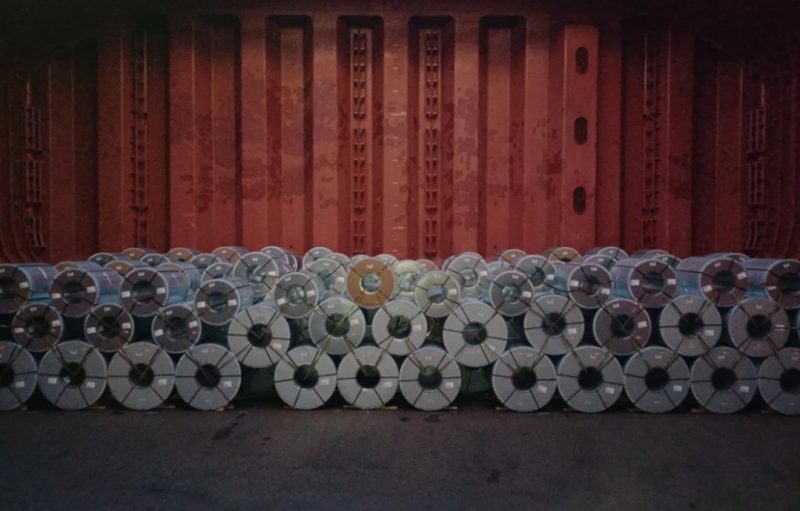
Stainless Buyers Remain Skeptical of Tariff Relief
The August 1 deadline for U.S. trade negotiations has failed to calm concerns among stainless steel importers. Despite recent talks with the UK, which provisionally cut the Section 232 tariff to 25%, uncertainty continues. Buyers do not expect broader relief across other trade partners like the EU, Japan, or Vietnam. Instead, U.S. stainless buyers anticipate prolonged disruptions in their supply chains.
The White House has finalized new trade frameworks with several countries, but steel and aluminum remain excluded. These deals introduce reciprocal tariffs between 15% and 20%, impacting goods outside of the metals sector. Japanese officials confirmed that the full 50% U.S. steel tariff remains, reflecting the broader trend of limited progress. As a result, importers continue facing high costs and unpredictable sourcing conditions.
Meanwhile, domestic U.S. stainless producers have increased prices, anticipating support from tariffs. Yet market reaction has been lukewarm. Many stockists and end-users hesitate to commit amid economic uncertainty and weak demand. This hesitancy reflects broader doubts over whether tariffs will support long-term pricing or just stall market activity further.
Rising Imports and Soft Demand Fuel Market Tensions
Despite tariffs, U.S. stainless steel imports reached 1.01 million tonnes in 2024—up 8.4% year-over-year. Worldstainless data shows domestic melt shop production also grew 8.6% in Q1, totaling approximately 553,000 tonnes. However, demand lags behind this growing supply. According to MEPS International, many buyers now engage in direct negotiations with overseas suppliers to manage the rising costs from duties.
At the same time, global suppliers—especially in Asia—remain eager to ship to the U.S. High domestic prices, weak economic indicators, and the EU’s January CBAM carbon tax all increase U.S. market appeal. While some end-users hope post-deadline trade agreements might revive demand, economic uncertainty clouds outlooks.
U.S. Census Bureau data paints a mixed picture. Construction spending dropped 2.1% year-on-year, while new orders for manufactured goods rose by 8.2% in May. However, that increase followed a sharp 3.9% dip in April. The Federal Reserve’s recent decision to cut its 2025 GDP growth forecast further signals prolonged hesitation in the stainless steel sector.
SuperMetalPrice Commentary:
The U.S. stainless steel market remains stuck between trade politics and sluggish economic data. The August 1 deadline offered no real breakthrough, keeping Section 232 tariffs intact and importers in limbo. While demand could bounce back if trade certainty returns, short-term dynamics favor caution. Importers will likely maintain offshore sourcing relationships to hedge against price volatility, while domestic mills may struggle to justify further price hikes without stronger end-user confidence.




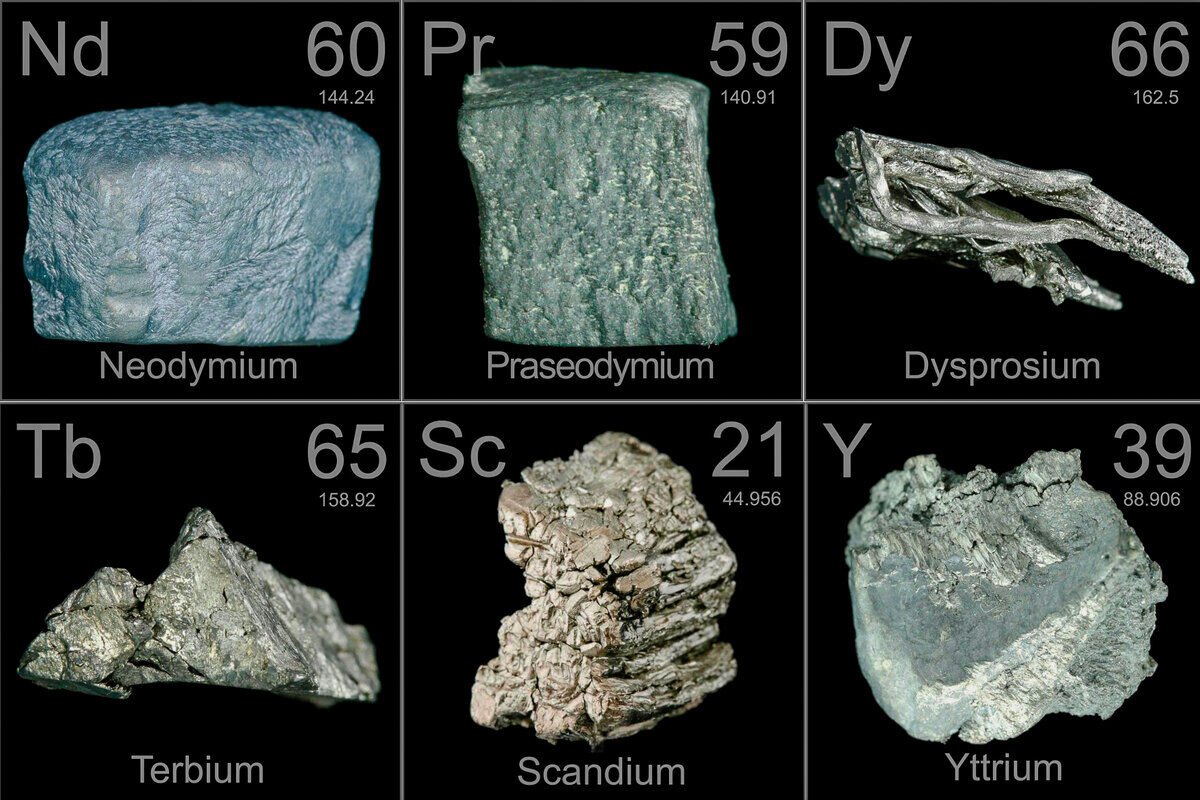


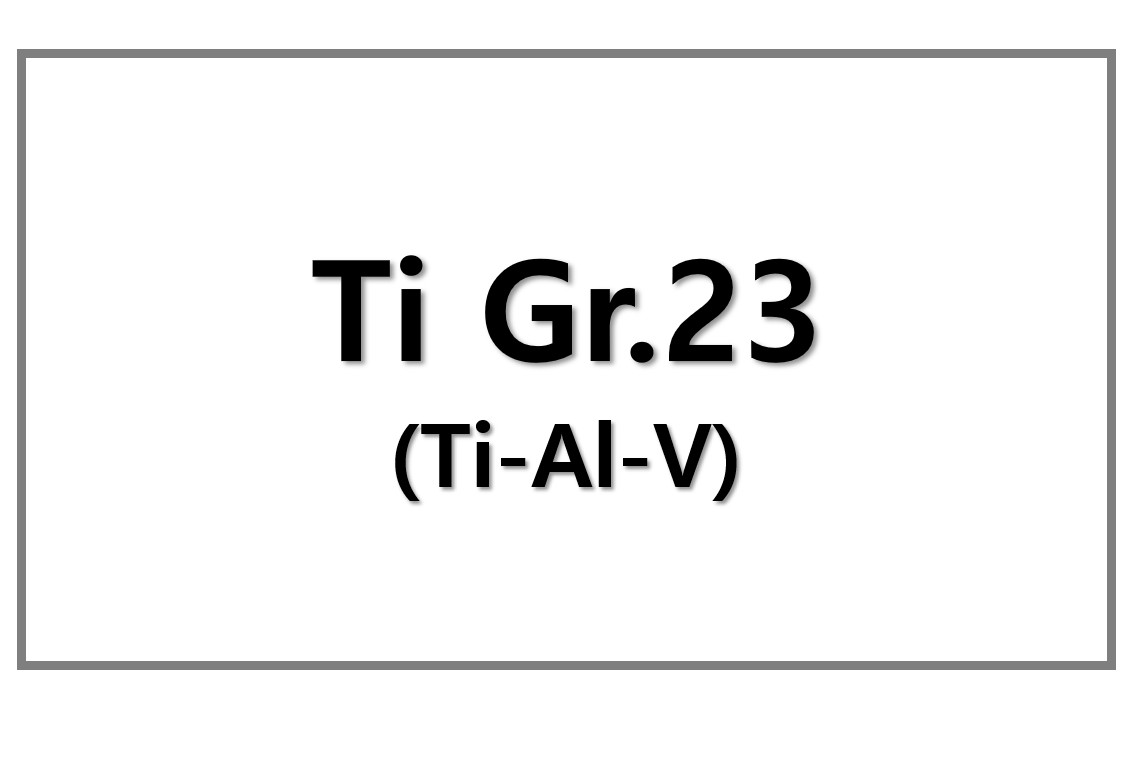
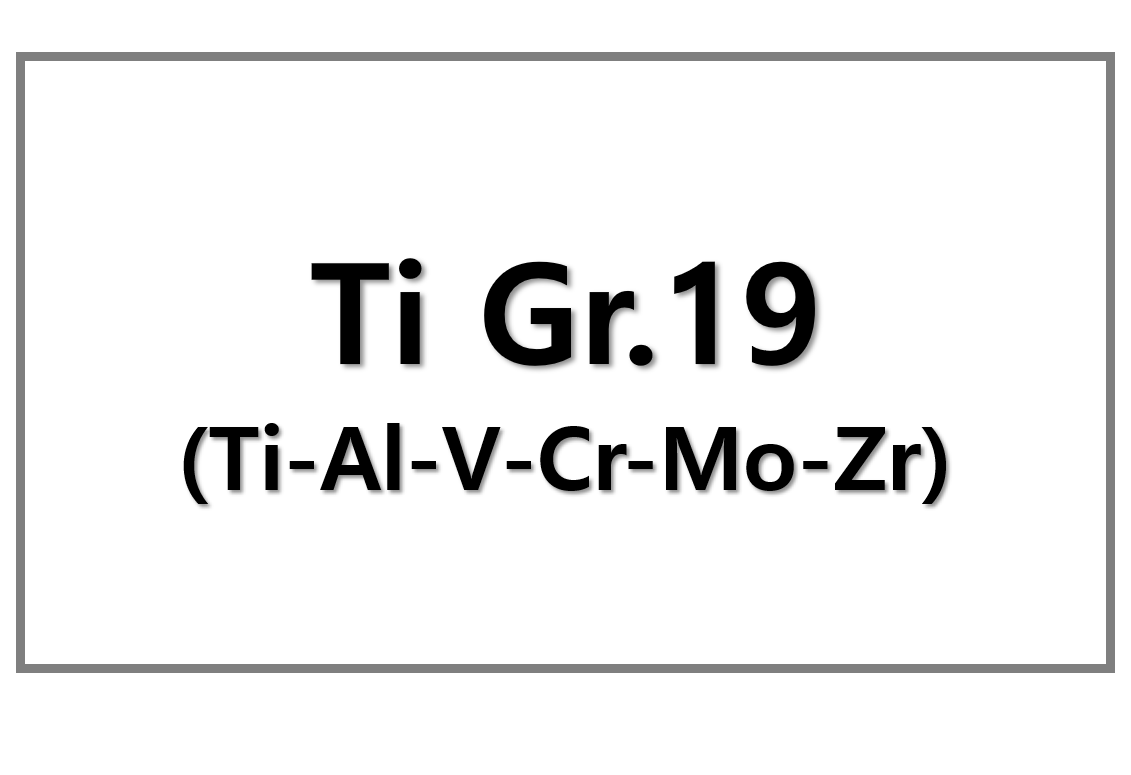
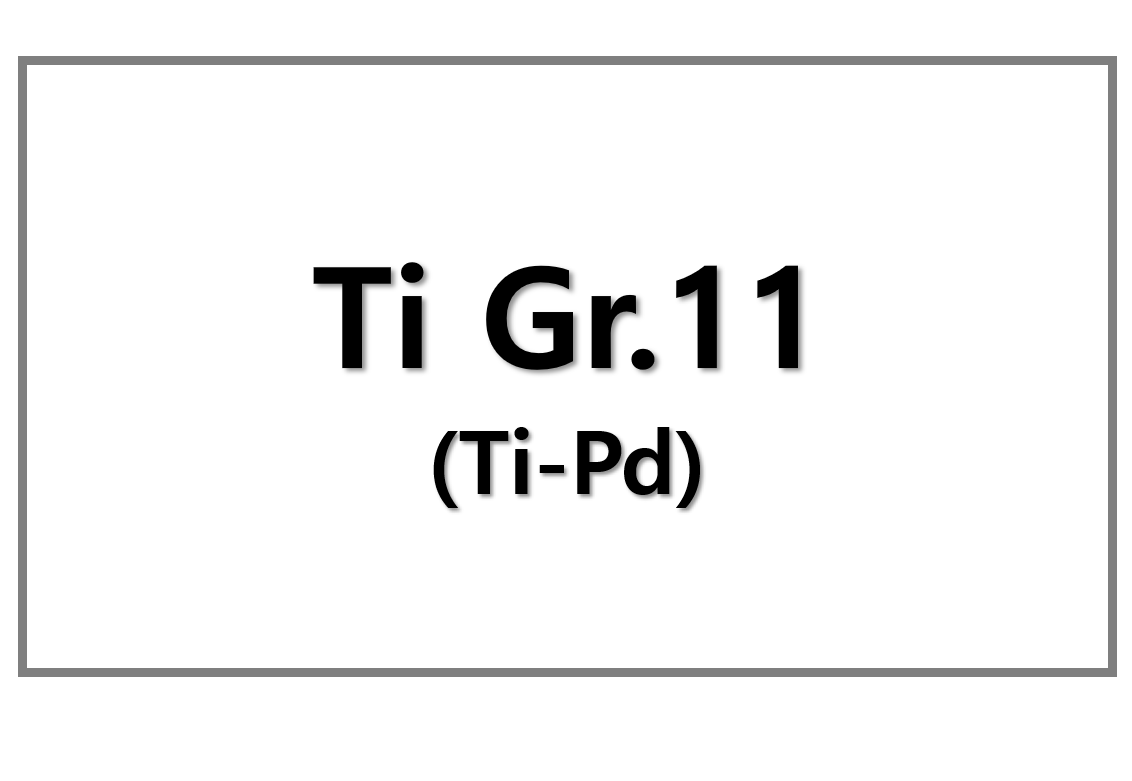

Leave a Reply
You must be logged in to post a comment.